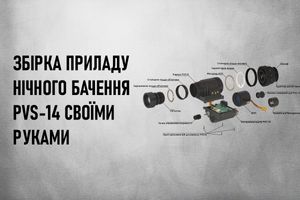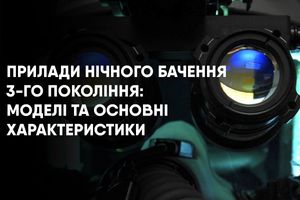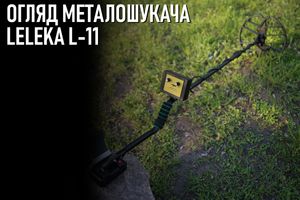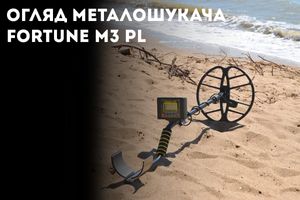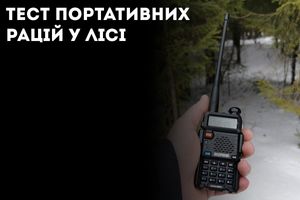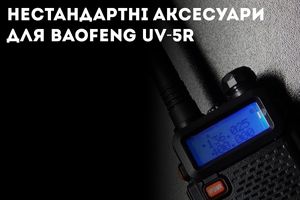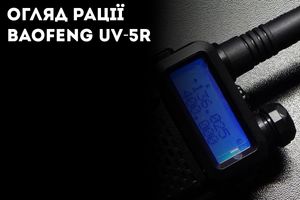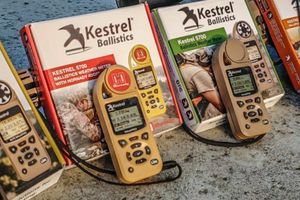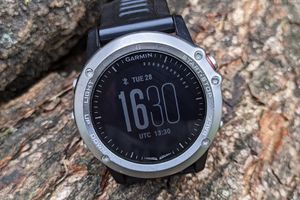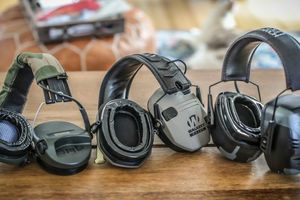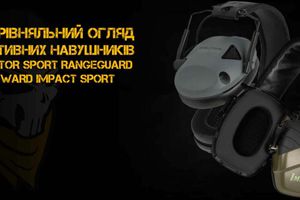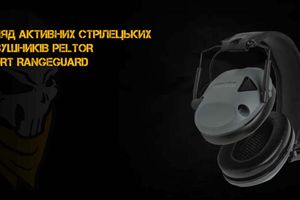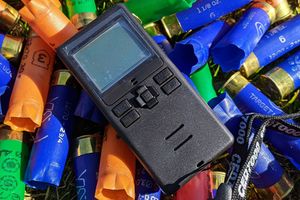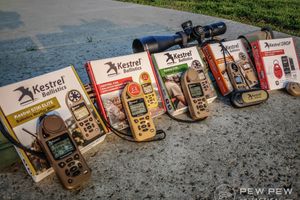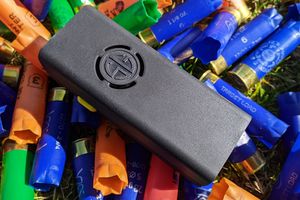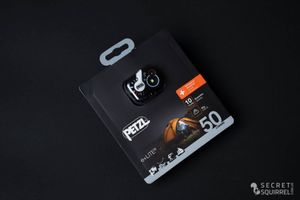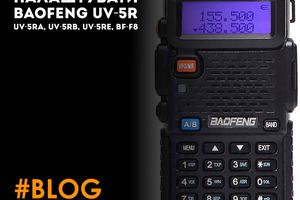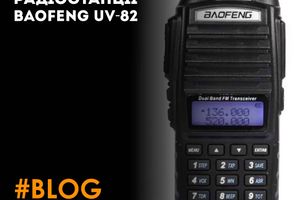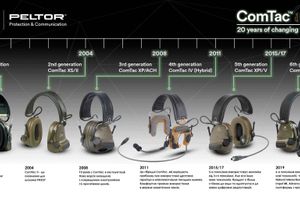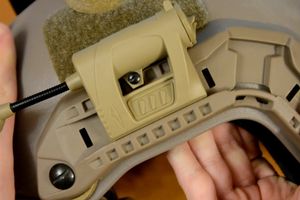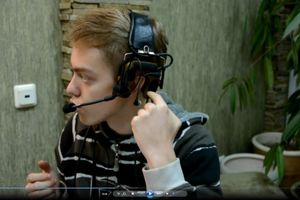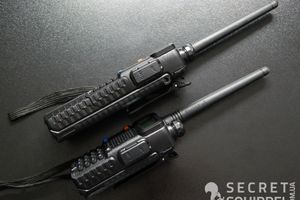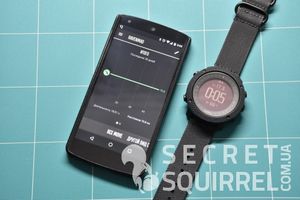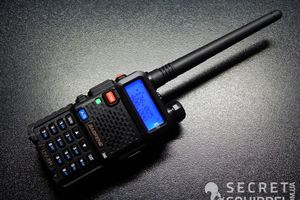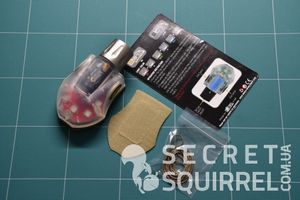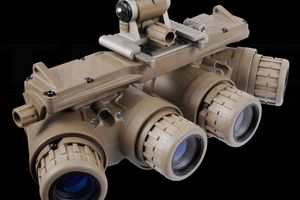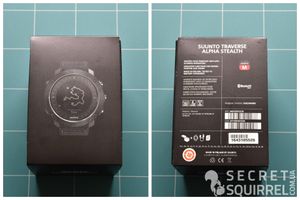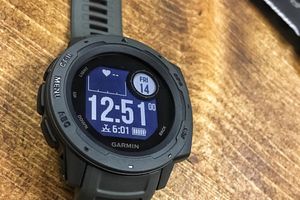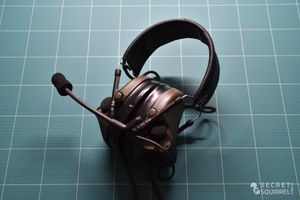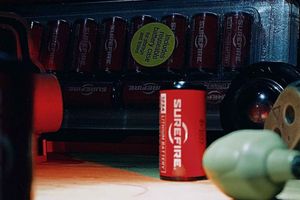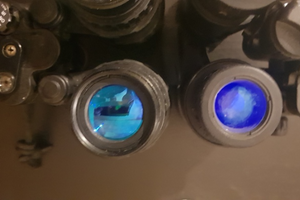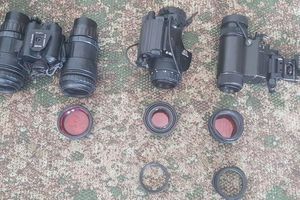Princeton Tec Remix Pro MPLS is the pinnacle of the headlamp range from the American manufacturer Princeton Tec, well known for its lighting fixtures for active lifestyle enthusiasts and army units.
Until recently, my main headlamp was the Fenix HL21. It’s not that I was dissatisfied with him, on the contrary, for several years of use, he proved himself to be excellent in terms of operating modes and in MOLLE compatibility, but after the appearance of Fenix UC35, I began to think about a possible change in the main type of batteries, because wearing with elements of CR123 format as a reserve for a search lamp and AA for a forehead are not very convenient. At that moment, I began to be interested in headbands using CR123, and after a short search I found Princeton Tec Remix Pro MPLS, which in addition has the following features.
- Maximum brightness: 150 lumens.
- Maximum working time: 40 hours.
- Power: 3.0V CR123 1 pc.
- Number of modes: 5 including IR.
- Dimensions: 6 cm. X 4 cm. X 5.5 cm. (Width \ height \ depth).
- Weight (without batteries): 66 g.
Before proceeding to a detailed overview of the design features of the lamp itself, I will briefly dwell on the entire Remix line, the composition of which varies in a number of parameters: power supply, number of colors and modes, the presence of an infrared diode and configuration.
The basic model of the line is Princeton Tec Remix, oriented for the needs of tourists and outsiders. It feeds on cassettes of three AAA format batteries and is equipped with an elastic strap for carrying and use as a headlamp. The next step is the Princeton Tec Remix Pro flashlight, which includes all the qualities of the basic Remix model, but having less weight and a more efficient CR123 battery. In addition to it, Remix Pro also has a large selection of body colors, including a version with a headband in the Multicam pattern. If you look for Princeton Tec Remix in Ukrainian stores, then with a high degree of probability you will come across exactly the version of Remix Pro. In addition to it, there is also a Remix Pro Modular Personal Lightning System (MPLS) package, which uses the same CR123 source and comes with three adapters for mounting the flashlight on an elastic headband, MOLLE and LaserCut modular interfaces, as well as a helmet mount bracket for night vision devices (NVG Mount). In addition to the above models, the Princeton Tec Remix Plus and Remix Rechargeable versions are also produced, but due to the modified appearance and the presence of an external case for batteries attached to the back of the head, we will leave them outside of today's publication. For your convenience, here is a small comparative table of models of the Remix line.

In addition to the differences indicated in the table, there is also a wide selection of color combinations as Three auxiliary LEDs can be selected in a single red, blue, green colors, infrared spectrum, and in their combinations: red, blue, infrared (RMX150PRO-NOD-RBI) or red, green, infrared (RMX150PRO-NOD-RGI).
The best option for me would be Princeton Tec Remix Pro MPLS in an Olive color case with three red auxiliary diodes, but as it turned out, the manufacturer does not accumulate this position in the warehouse, but makes custom orders in small batches of 50 pieces, so I had to be content with what is in availability. In today's review, we will consider a flashlight version of the Princeton Tec Remix Pro MPLS in a Black case and red, blue and infrared diodes, with the article number RMX150PRO-NOD-RBI-BK.

Since Princeton Tec Remix Pro MPLS is the widest possible package, it also has the appropriate packaging - a large cardboard box with a transparent blister on the front side, through which you can see the helmet mount, the lamp itself and its main characteristics. The back side of the box illustrates the possible places and ways of placing the lamp, and also contains a table of the duration and effectiveness of the LEDs, which we will return to a little later.

Inside the box, you will be expected by the actual Princeton Tec Remix Pro MPLS flashlight, two butterfly clips, with which it can be mounted on the supplied elastic loop or PALS \ LaserCut modular interfaces, helmet-mounted adapter, instruction with a small addition in the form of an insert, which tells about switching the operating modes of the device, as well as the CR123 power supply (in my case Energizer Lithium), which the manufacturer carefully included in the package. Further I will talk about each subject separately, and I will start directly with the Princeton Tec Remix Pro MPLS flashlight.

The right wall of the lamp is highlighted under a round cover that locks the battery compartment. The lid tilts down, and after locking is held by a characteristic protrusion located on the upper plane of the housing. Despite the fact that the cover is held more than tightly, I must note that it does not have any o-rings or silicone linings on the inner wall. The battery is thus protected from moisture in the form of condensation and precipitation, but I would advise you to refrain from direct diving.

On those versions of Princeton Tec Remix Pro MPLS that have an infrared (IR) diode, the opposite, left, side wall has a switch with two positions. The position marked as “0” activates the modes visible to the human eye, and the position “IR” is responsible for activation of the infrared spectrum. This was done in order to prevent complete depletion of the battery in case of unintentional activation of the lamp in the IR mode. Since the infrared spectrum is not visible to the human eye without additional devices, without this switch it would be difficult to notice that the flashlight accidentally turned on when transported in a backpack, etc. In addition, this switch does not allow the inclusion of visible modes when operating in the infrared spectrum, which does not violate light discipline, does not give out your position and does not unmask in twilight conditions or in the complete absence of artificial lighting.
I must also note that this switch changes its position very tightly. I admit that it will diverge slightly over time, but so far I have the impression that this was done on purpose, so that, in case of possible contacts with environmental elements, its position does not change randomly.

On the upper plane of the Princeton Tec Remix Pro MPLS, there is a moderately large button that allows you to turn on / off the flashlight according to the position of the 0 \ IR switch, as well as switch between the available modes. The button has three protruding lines that make it easy to tactilely identify it even in total darkness or when gloves are on.
Also in the photo above, on the left side of the lantern, a remote kruynteyn is clearly visible, connecting the lantern body to the platform, by means of which it is mounted to the helmet adapter or butterfly locks. At the junction of the flashlight and the bracket, the Princeton Tec Remix Pro MPLS can move, which allows you to rotate it within one hundred and eighty degrees vertically. This feature allows you to easily set the light beam to the desired angle.

Four diodes are located in front of the plastic shield. Three colored Ultrabright LEDs are grouped on the left, one white Maxbright LED with a smooth reflector on the right. Honestly, I was unpleasantly surprised by the amount of small defects and dust between the glass and the diodes. And if with the lamp turned off they are practically not noticeable, then when you turn on the red diode, you involuntarily pay attention to it. By and large, this does not affect the performance in any way, but still I did not expect this from Princeton Tec, although it may be unlucky with the copy only to me.
In the RMX150PRO-NOD-RBI-BK version, the lower Ultrabright diode is red, the upper is blue, the infrared is between them, and the Maxbright diode has two glow modes: Low and High. If the 0 \ IR switch is set to “0”, the first press of the button at the top activates the red diode, the next press made within 1.6 seconds will switch the diode to blue. If the subsequent pressing occurs after 1.6 seconds - you turn off the flashlight. To activate the Maxbright diode in Low mode, hold down the button for about two seconds, with an additional press for 1.6 to switch to High mode. If the 0 \ IR switch is set to “IR”, the first press of the button activates the infrared Ultrabright diode, and the Maxbright diode is turned on, as before, by holding the button for a long time.

The complexity of such manipulations was one of the reasons why I initially looked for a version with three red diodes, in which there were only four modes - red Low diodes, red High diodes, white Low and white High. Moreover, according to the results of a short use of the Red-Blue-IR sequence, I can say that there is still some logic in it.
Red light is considered the least annoying spectrum for night vision in both humans and animals. It is ideal for illuminating objects in the immediate vicinity of you when you need to check the map and compass, change the frequency of the radio station, find something at the bottom of the backpack or inside the tent, etc. A soft scattered red ray is more than enough for such tasks, and there is no need to use a “blaster” for them for a hundred or more lumens, informing the whole district about your presence. It is worth remembering only that in red light color perception will be significantly impaired and many things having certain colors will not appear as such.
The blue diode beam is more concentrated and cold, slightly increasing the contrast. It is believed that the light in this spectrum is less annoying and scares fish. Those species of fish that try to avoid the cold white light of ordinary lanterns often do not respond much to blue. It will come in handy when tracking wounded animals at pre-sunset hours and at night, because blood illuminated by blue light acquires a purple hue, clearly distinguishable against the background of nocturnal vegetation.
Unfortunately, I don’t have a night vision device to demonstrate the operation of the infrared diode, but when I looked through the viewfinders of the phone and the camera (which are more sensitive to the IR spectrum than the human eye) I found that it pulsates and does not shine constantly, so it’s more than IR - a beacon for identifying "friend or foe" and highlighting the allied ground forces with aviation support, rather than an additional means of illumination when working with NVD. It is logical, given that both the NVD and Princeton Tec Remix Pro MPLS on the helmet are mounted in one slot.
The white diode operates in two modes in which Low is designed to uniformly illuminate a larger sector at a shorter range, and High has a greater range with a smaller diameter of the light cone. The approximate effectiveness of these modes can be judged by the table of indicators of range and estimated operating time below.


The design features and operating modes of the flashlight, which I dwell on until this moment, are relevant for all Princeton Tec Remix flashlights on the CR123 battery. Next, I would like to talk about why you should spend a little more money and purchase the version of Princeton Tec Remix Pro MPLS. And the reason for this is the availability of adapters, their types and quantity.
The first type of adapter, often referred to as a “butterfly”, allows you to mount the flashlight on the modular interface of PALS and its "younger" brother LaserCut. In the center of the adapter is a hollow channel through which a tongue is located, located in the center of the platform of the lamp itself. In the lower part, it is necessary to combine two slots on either side of the tongue, and then click on the tongue protrusion, clearly visible in the photo above until it clicks. After that, through the slots in the middle of the “wings” of the butterfly, the adapter can be mounted on PALS slings, which allows you to mount the flashlight on the front cover of platform and body armor, chest ties of backpacks, external platform slings, inside pouches requiring illumination of contents, etc. Well, since an elastic inch sling that meets the PALS specification is chosen as the headband for the Princeton Tec Remix Pro MPLS, using one of the butterflies the lantern becomes a completely independent forehead, which does not require any interfaces and sockets.

The second type of adapter is the platform for securing the Princeton Tec Remix Pro MPLS in the night vision device jacks on combat ballistic and protective helmets. The complete adapter is attached to the flashlight in the same way as to the “butterfly”, and the adapter itself is held inside the socket with two protrusions in the upper and lower parts. The lower protrusion is spring-loaded and lifted only if you clamp the button in the lower left part of the adapter. The adapter itself is compatible with both the relatively outdated plates for the PASGT and MICH \ ICH helmets, as well as more modern sockets similar to those used on Ops-Core helmets. By and large, this adapter for Princeton Tec Remix Pro MPLS will fit any slot released over the past 5-7 years.
I would also like to draw attention to the method of installing the flashlight, illustrated in the photo above. To some, it may seem counterintuitive as the diodes and glass are facing up, while many would turn them down. In fact, the manufacturer himself recommends turning the lamp up during transportation, since in this position access to the activation button is blocked. This provides additional mechanical protection that prevents the flashlight from accidentally turning on during transportation in a backpack / bag with other equipment or when the flashlight is not disconnected from the helmet.

The photo above also shows examples of the use of each adapter included in the Princeton Tec Remix Pro MPLS kit, which allows you to change the location of the lamp in a matter of seconds depending on the goals and tasks performed. The change of location itself is performed in one click and two longitudinal movements, the next click already fixes the lamp in a new place.
For me personally, the possibility of using one flashlight both on an elastic headband and on a helmet is worth a lot, because there is no need to use an excessive amount of the same type of flashlights. In those situations when you need to protect your head (ballistic or shock protection in the combat zone, rock climbing, rescue and high-altitude work, river rafting, cycling, skiing and snowboarding, etc.), the flashlight is located in the adapter short-term reach, and when protection is no longer needed (premises, fortifications or a safe area, gatherings around a fire, etc.), you can simply move it to a soft elastic headband giving your head and neck an opportunity to rest from excess weight, and leave the helmet itself along with specialized equipment.
A source: secretsquirrel.com.ua
Author: secretsquirrel.com.ua










































































































































